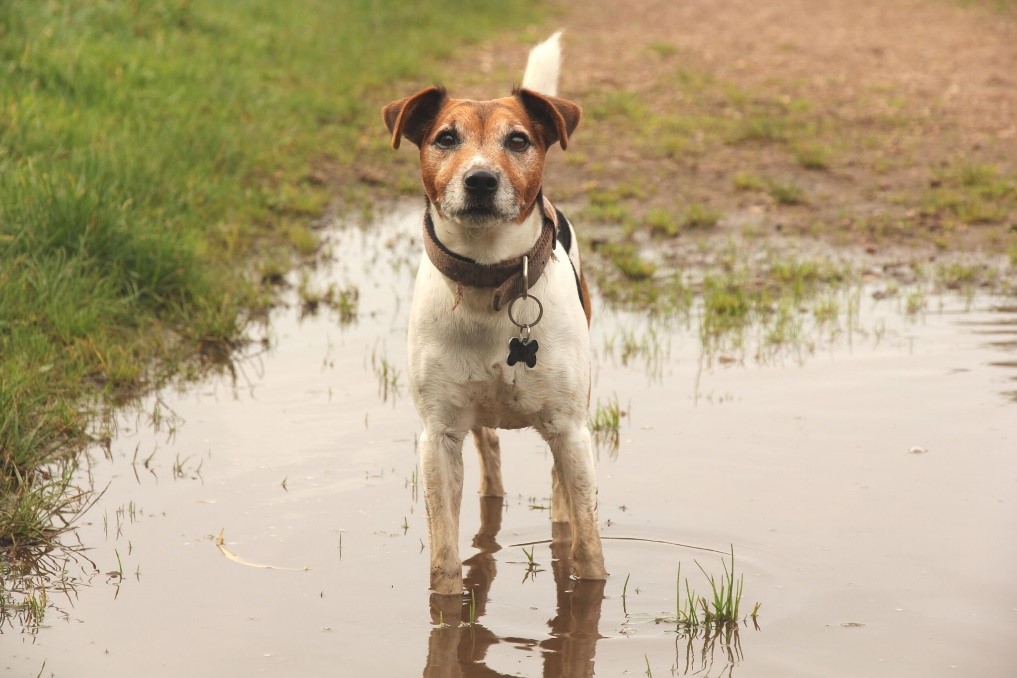Leptospirosis is caused by Leptospira bacteria.
In Australia, the most common carriers of the bacteria are rodents and small marsupials, although cattle, sheep, goats and dogs can also be carriers.
The bacteria are transmitted through an infected animal’s urine, which means stagnant water contaminated with infected urine acts as a reservoir for infection. Typically, the bacteria are more commonly found in rural areas, however it is now increasingly found in urban areas where rodent populations are prevalent. Rubbish accumulation, demolition or construction work results in the influx of rodents into an area increasing the risk of spread.
Leptospira bacteria can survive for several months in stagnant water or damp soil, and more commonly becomes a problem after periods of rain or flooding.
The signs of Leptospirosis in dogs vary and can be vague. Infected dogs might not show any signs of disease, or they may have a fever, vomiting, diarrhea, loss of appetite, depression, weakness and a reluctance to move. They can develop kidney failure and jaundice. It can be a fatal disease in dogs, but cats appear to be more resistant to infection.
Although there have been reports of cases in Sydney recently, according to PetSure data, the incidence of diagnosed disease in insured dogs in Australia has been low with very few claims for Leptospirosis. However, as some dogs only present with very mild symptoms, cases of Leptospirosis may go undiagnosed.
Dogs with Leptospirosis can potentially infect people through contact with their urine, so people need to ensure that they are cautious around animals that are at risk or have been diagnosed with the condition. If you are concerned about contracting Leptospirosis from your pet, you should contact your doctor.
There is a vaccine that offers protection for dogs that are at risk. All dog owners should seek Veterinary advice with regards to vaccination, prevention and treatment.
The author of this article has been updated. Dr Claire Sharp was attributed as the author, and we unreservedly apologise to her and to the author for crediting her as the author of the article.
Pet insurance can help by covering a portion of the eligible vet bill if the unexpected happens. Because it is difficult to predict the costs of veterinary care, it can help to have measures in place to help prepare for the unexpected. Check out our partner network and explore our policy tools to find a pet insurance policy.
Not all conditions or items are covered by Pet Insurance. Refer to the applicable Product Disclosure Statement for information about coverage and exclusions.








